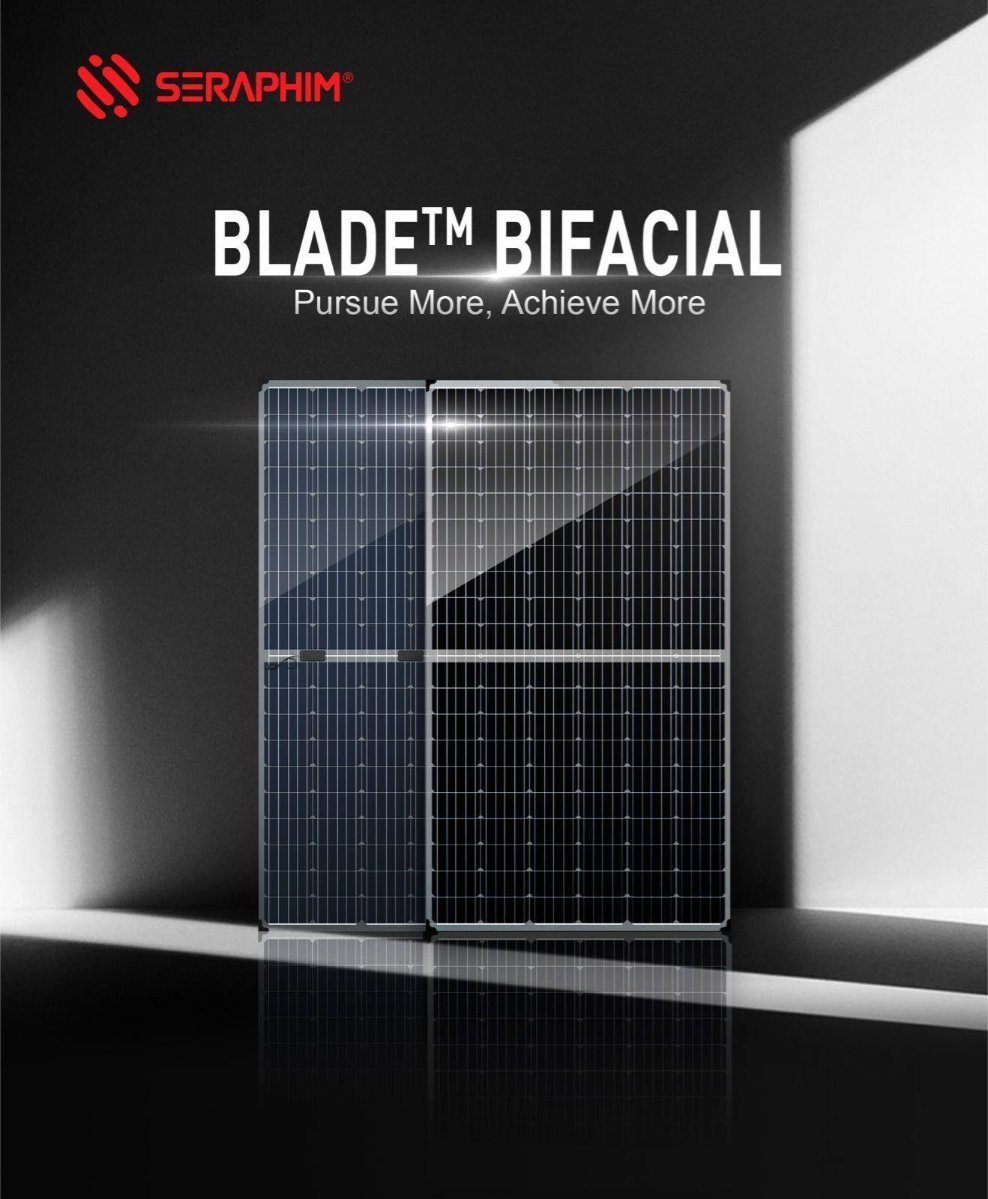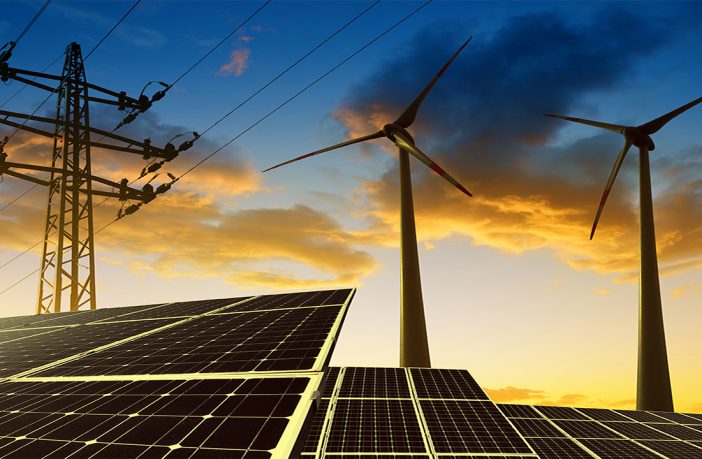- Net additions of on-grid generation capacity were at their lowest levels since 2011 in Q1 2019, according to African Energy Live Data.
- The slowdown comes as attention shifts to transmission and distribution and major procurement programmes wind down.
- 556MW of on-grid solar capacity was added in Q1 2019, almost double the closest annualised equivalent, in 2014.
- Wind capacity was added at higher levels than previously seen, 330MW compared with the previous highest addition of 280MW/quarter reached in 2014.
The first set of quarterly figures to be produced by African Energy Live Data show a net addition of 1,097MW of on-grid capacity in Africa in Q1 2019. Activity is expected to pick up later in the year with a number of large state-owned power plants scheduled to begin operating, which will bring capacity additions closer in to line with recent years.
The slowdown shows that momentum gained over the past four years has been difficult to sustain. Last year saw the biggest generation expansion in at least two decades, with net on-grid capacity of 18,780MW added to the grid, but investment in transmission and distribution has struggled to keep up. However, a welcome policy shift towards improving efficiency and increasing access is helping build a base for more sustainable expansion in future.
According to African Energy Live Data power editor Dan Marks, “The drop in net capacity additions in Q1 is partly the result of short-term factors such as the slowing of procurement in Egypt and South Africa and a policy shift towards consolidation and environmental and economic sustainability”.
“It is likely that by the end of the year the situation will have normalised. However, there is also some suggestion that the reduction in state-led projects is not being adequately replaced by new private initiatives, leaving open the potential of future supply shortfalls. Attracting more IPPs into more large-scale projects might be a missing piece in the puzzle for achieving sustainable energy growth in Africa. Recent projects such as Azura-Edo, Lake Turkana, Cenpower, Nachtigal, Temane, and Noor-Ouarzazate show that this is possible, but it is still taking much too long.”
Key findings and trends:
- Large-scale procurement programmes are winding down in North Africa. Egypt alone accounted for 56% and 43% of net on-grid capacity additions on the continent in 2018 and 2017 respectively, falling to 35% in Q1 2019 and expected to fall further to around 23% by the end of the year.
- 556MW of on-grid solar capacity was added in Q1 2019, almost double the closest annualised equivalent, in 2014, when a large number of new solar plants came online in South Africa, resulting in average additions of 233MW/quarter of solar power.
- Wind capacity was added at higher levels than previously seen, 330MW compared with the previous highest addition of 280MW/quarter reached in 2014.
- Net capacity additions in poorer regions have become more noticeable. African Energy Live Data shows clearly the gradual emergence of West, East and Southern Africa excluding South Africa. This region accounted for 26% of net on-grid capacity additions in 2010-18 compared with 13% on average in 2000-09. The region accounted for 56% of total net capacity additions in Q1 2019.
- Central Africa, however, continues to lag behind, averaging only 2.4% of net on-grid capacity additions since 2010.
- There was an unusually high proportion of privately or part-privately owned plants added during the quarter– 69% of net capacity additions in Q1, if captive plants and mini-grids are included, compared with an average of 25% since 2010 and 31% since 2000. If only sub-Saharan Africa is included the figure was 53%.
- Some 776MW was added from new independent power producers (IPPs) in Q1 2019, compared with 283MW of state-owned capacity and 64MW of rental.
Author: Bryan Groenendaal
Source: African Energy Live Data
Seraphim has a solar module factory in South Africa servicing the African continent. Read more
Earlier this year, Seraphim climbed into Bloomberg’s Top 10 Tier 1 ranking making their modules highly bankable. EPC’s and IPP’s operating in South Africa and the rest of the African continent are encourage to place orders with Seraphim in order to support local industry and job creation.
Prices and range are highly competitive catering for the small and large scale projects. The Seraphim sales department is ready to take your enquiry, simply drop them a mail: sales@seraphim-solar.co.za












